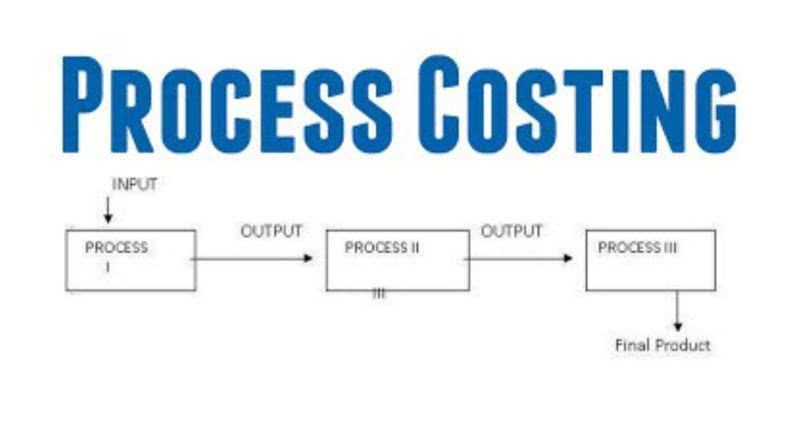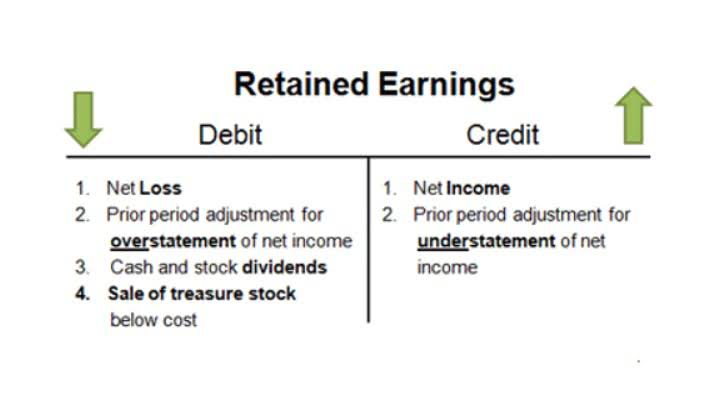
One effective method for tracking these costs is through the use of specialized construction accounting software. Tools like Procore, Sage 300 Construction and Real Estate, and Viewpoint Vista offer robust features tailored to the unique needs of construction projects. These platforms provide real-time data, enabling project managers to monitor expenditures closely and make timely adjustments as needed. To simplify it, the CIP account is just an account that records all the different expenditures during a construction project. A construction work-in-progress asset is any asset that is not currently usable, such as assets that are undergoing testing or that a company is building. Depending on the project’s size, construction work-in-progress accounts can be some of the largest fixed asset accounts in a business’s books.

Recognizing Revenue from CIP
Construction in progress accounting involves keeping a detailed record of all expenses incurred while constructing a long-term asset. These expenses are reported under the “property, plant, and equipment” section of the balance sheet. Assets under construction are those not yet ready for use, potentially among the largest fixed assets a company holds. The presence of Construction-in-Progress (CIP) on financial statements can significantly influence a company’s financial health and performance metrics.
Allocating Costs
- Laura Chapman holds a Bachelor of Science in accounting and has worked in accounting, bookkeeping and taxation positions since 2012.
- There are several key accounting practices that construction companies and contractors should understand when working with a construction CPA firm.
- Optimize your construction project’s financial health with effective CIP accounting strategies and insights for modern multi-project environments.
- Conducting monthly or quarterly reviews allows for the identification of discrepancies and ensures that all costs are being recorded accurately.
- Regular meetings and updates are essential to keep all stakeholders informed about project progress, potential issues, and resource needs.
- Once the asset is fully executed, the construction in progress account will be credited, and the debit will be transferred to the property, plant, and equipment.
Effective communication and collaboration are also paramount in a multi-project setting. With various teams working on different projects, ensuring that everyone is on the same page can be challenging. Implementing a centralized communication platform, such as Slack or Microsoft Teams, can facilitate better coordination and information sharing. Regular meetings and updates are essential to keep all stakeholders informed about project progress, potential issues, and resource needs. This collaborative approach helps in identifying and addressing problems early, thereby reducing the risk of delays and cost overruns.
The Construction Work-in-Progress Schedule
Once construction is complete, the asset shifts to the appropriate fixed asset account. Another significant aspect of managing CIP in a multi-project environment is maintaining accurate and up-to-date financial records. Each project must be tracked individually to ensure that costs are correctly attributed and financial statements reflect the true state of each project. This requires a robust accounting system capable of handling multiple projects simultaneously.
Another objective of recording construction in progress is scrutiny and audit of accounts. The construction in progress can be the largest fixed asset account accounting cip due to the possibility of time it can stay open. The CIP procedures dictate the proper recording of construction costs in financial statements.
1) On March 11, 2021, Business A received a $100,000 bill from Builder’s Warehouse for construction materials.
Why Is Construction-in-Progress Accounting Necessary?

Our knowledgeable team has decades of experience managing construction company accounts, and you can feel confident that we will navigate your company’s specific situation with care and expertise. Construction-work-in-progress accounts can be challenging to manage without proper training and experience. Most companies hire a chief financial officer to maintain these records and avoid costly accounting errors. Build to use can be an extension in an existing office facility, building a new plant, warehouse, or any business asset.

What Does Construction in Progress Mean in Accounting Terms?
Hiring an experienced accounting team is the best way to ensure that your company maintains accurate, detailed, and up-to-date accounting books through every step of the construction process. Accountants do not begin tracking depreciation of construction-in-progress assets until the addition is complete and in service. As a result, the construction-work-in-progress account is an asset https://www.bookstime.com/ account that does not depreciate. However, you must know that the nature of costs and revenues in every construction contract varies. If the financial statements have ‘construction in progress or process’ under the head of PP&E, it is a ‘build to use’ asset. Whereas, if the account appears under the heading of ‘Inventory and assets,’ it is probably a ‘build to sell’ asset.
- After the construction has been completed, the relevant building, plant, or equipment account is debited with the same amount as construction in progress.
- Another significant aspect of managing CIP in a multi-project environment is maintaining accurate and up-to-date financial records.
- A construction company might come to your mind by reading the phrase “Construction In Progress.” Indeed, construction in progress accounting is mostly used by construction firms.
- 1) On March 11, 2021, Business A received a $100,000 bill from Builder’s Warehouse for construction materials.
- When the project is complete, the account is closed, and any remaining balance is transferred to the Cost of Goods Sold (COGS) account.
- It would be unrealistic for the business to record no revenue for the years they are working on the ship and then record a few million dollars in the year the ship is finished.
- The construction-in-progress asset account captures all costs related to the project, including labor, materials, and equipment.